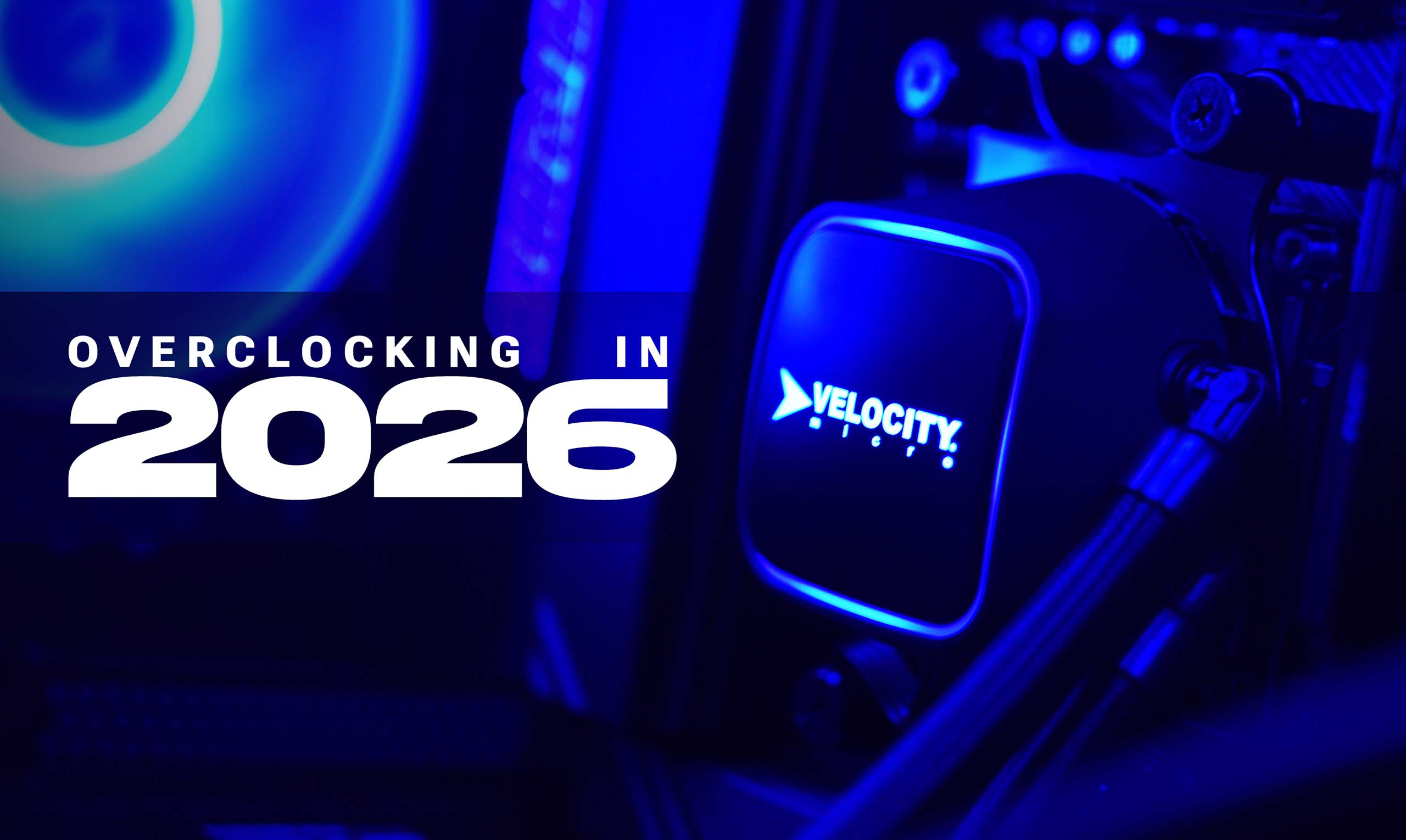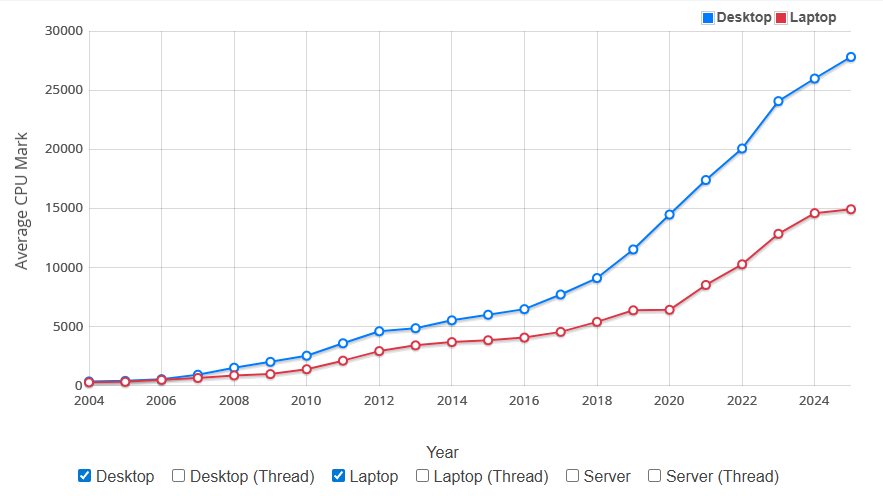
One question we often get – is CPU overclocking still a thing, and do we recommend it? CPU overclocking – the manual process of adjusting voltages to get higher than a processor’s stock frequencies (aka “clocks”) – has been around nearly as long as the PC itself. We helped pioneer the technology and later developed our own trademarked “Hyperclocking” process almost two decades ago. At one point, it’s fair to say that no one in the world was getting a faster, more stable clock than we were, and that overclocking expertise was a major part of our brand value proposition. After all, it was “free power,” right?
But, is CPU overclocking still something that we recommend?
Well, in short, no. And here’s why.
CPU Overclocking Risks
There are inherent risks when overclocking any CPU. Always have been. The effects of pushing additional voltage to a processor are faster clocks, but the byproduct is additional heat generated. That heat, especially if not properly dissipated via CPU coolers, radiators, and fans, can build up over time, potentially causing system crashes and instability.
The fastest PC in the world is worthless if it’s not stable at those speeds.
This instability can manifest in the short term as freezes and random shut downs but also in longer term issues, degrading the integrity of the silicon itself and shortening the life of the PC. Even when thermals are seemingly properly managed initially, issues can develop later.
Basically, if you don’t know exactly what you’re doing, you can send your precious PC to that big ewaste facility in the sky.
Overclocking Reward
But of course, most of those risks were present during the golden age of overclocking. So what changed?
Simple: the reward. Let me explain.
CPU architecture used to leave a lot of headroom for overclocking. Silicon would be cut from a wafer and resulting chips would be qualified at maybe 60% of their total capacity, leaving as much as 40% attainable via overclock. It’s just how things were done at the time. But as that architecture changed and we moved from single/dual core processors to 8 or even 16+ cores and more and more transistors got crammed onto a die, that headroom began to shrink. Couple those changes with both Intel and AMD increasing the base TDP of their processors to yield more stock performance in a competitive market, and you get a modern processor with 5% to MAYBE 8% of overclocking headroom. For the extreme majority of users, that reward no longer justifies the risks outlined above.
Modern CPU architecture
Another reason that today’s multi-core processors don’t lend themselves to large overclocks is simple: they already auto overclock themselves. Termed “Turbo” speeds by Intel and “Boost” speeds by AMD, these top end frequencies are essentially auto enabled overclocks the processors initiate by default. When an intensive task comes along requiring the extra frequency, the CPU will take a little more voltage to ramp up, peaking at least one core at that Boost/Turbo speed. When the task is complete, the processor will ramp back down to stock speeds to save energy and reduce the risk of thermal issues.
A manual overclock will override that functionality, setting either one or multiple cores to run at the accelerated clock speed (or maybe a little higher) at all times. This reduces efficiency while only marginally improves most benchmarks.
Modern CPU Performance
The final reason we rarely recommend manual overclocking is simple – processors are just so incredibly fast right now.

With some concessions, processor speed has outpaced software development (yes, I know some tasks like machine learning are still handcuffed by CPU performance, but that’s the exception not the rule for the extreme majority of users). This means these users are currently not utilizing all of the CPU juice they currently have as stock, much less do they need even more, especially given the skewed risk/reward ratio we now have.
Conclusion
So do we recommend CPU overclocking in 2026? For the vast majority of users, no. But if you’re in the market for the fastest PC money can buy whether it be for gaming, CAD, content creation, or AI, check out our selection of finely crafted custom desktops.
Josh Covington
Latest posts by Josh Covington (see all)
- CPU Overclocking in 2026 - October 7, 2025
- Threadripper 9000 is Here. Learn More About This Workstation Platform - August 6, 2025
- AMD Radeon AI PRO R9700 - July 23, 2025